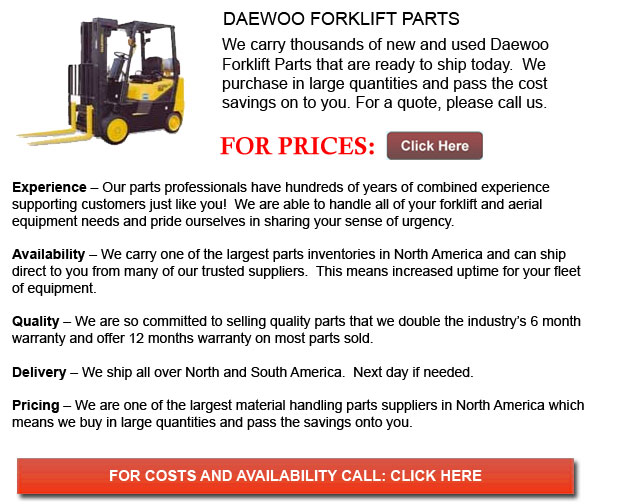
Daewoo Forklift Part - Kim Woo-Jung, the son of Daegu's Provincial Governor, established the Daewoo group during the month of March of nineteen sixty seven. He first graduated from the Kyonggi High School and after that studied at Yonsei University in Seoul where he completed an Economics Degree. Daewoo became among the Big Four chaebol within South Korea. Growing into a multi-faceted service conglomerate and an industrial empire, the company was prominent in expanding its international market securing numerous joint ventures internationally.
In the 1960's, park Chung Hee's government began to promote the growth and development within the nation after taking office at the end of the Syngman Rhee government. Exports were promoted in addition to increasing access to resources and financing industrialization to provide protection from competition from the chaebol in exchange for political support. Firstly, the Korean government initiated a series of 5 year plans under which the chaebol were needed to attain a series of specific basic objectives.
When the second 5 year plan was applied, Daewoo became a major player. The business really profited from cheap loans sponsored by the government that were based on possible proceeds earned from exports. Initially, the business focused on labor intensive clothing industries and textile that provided high profit margins. South Korea's huge labor force was the most significant resource within this particular plan.
The time period between the year 1973 and the year 1981 was when the third and fourth 5 year plans occurred for the Daewoo Business. During this era, the country's workforce was in high demand. Korea's competitive edge began eroding as competition from different countries began to happen. In response to this change, the government responded by concentrating its effort on electrical and mechanical engineering, petrochemicals, military initiatives, shipbuilding and construction efforts.
In time, Daewoo was forced by the government into shipbuilding. Even if Kim was hesitant to enter the trade, Daewoo swiftly earned a reputation for manufacturing competitively priced ships and oil rigs.
During the next decade, the government of Korea brought a lot more liberal economic policies by loosening the protectionist restrictions on imports, reducing positive discrimination, and encouraged small private businesses. While encouraging free market trade, they were likewise able to force the chaebol to be more assertive abroad. Daewoo successfully started numerous joint projects with European and American businesses. They expanded exports, semiconductor manufacturing and design, aerospace interests, machine tools, and various defense products under the S&T Daewoo Business.
In time, Daewoo began producing civilian helicopters and airplanes that were priced much less expensive than those built by its counterparts in the U.S. The business expanded their efforts in the automotive trade. Remarkably, they became the 6th biggest car manufacturer on the globe. Through this particular time, Daewoo was able to have great success with reversing faltering businesses in Korea.
Through the 80s and 90s, Daewoo moved into different sectors including telecommunication products, computers, consumer electronics, buildings and musical instruments such as the Daewoo Piano.
![]() Click to Download the pdf
Click to Download the pdf
Forklift Parts
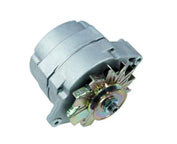
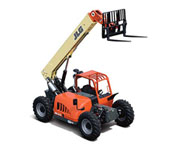
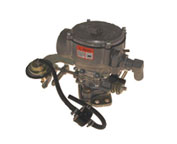
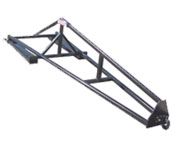
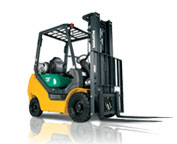
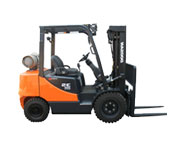
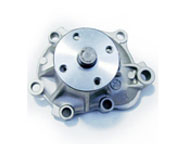
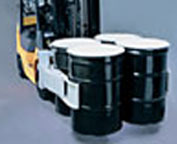
Lift Parts Express
TOLL FREE: 1-888-695-7994
LOCAL: 442-281-7816
306 WEST EL NORTE PKWY N-311
Escondido, California
forkliftpartsescondido.com
Email Us
About Us


